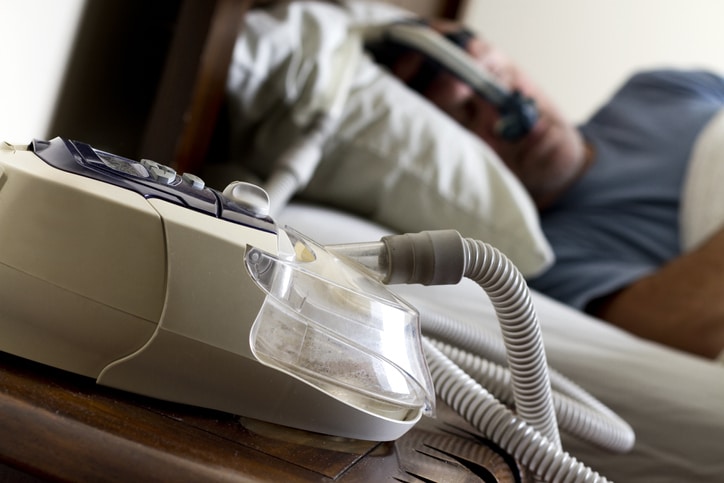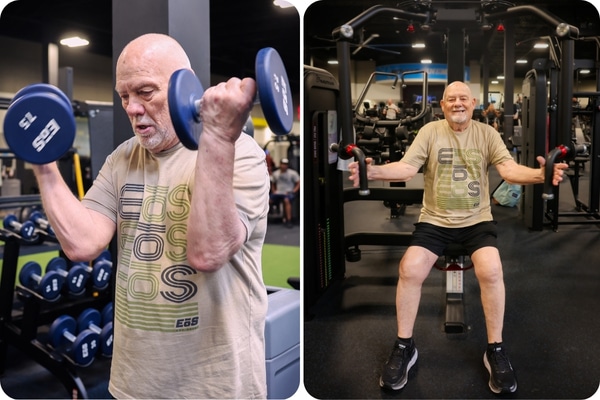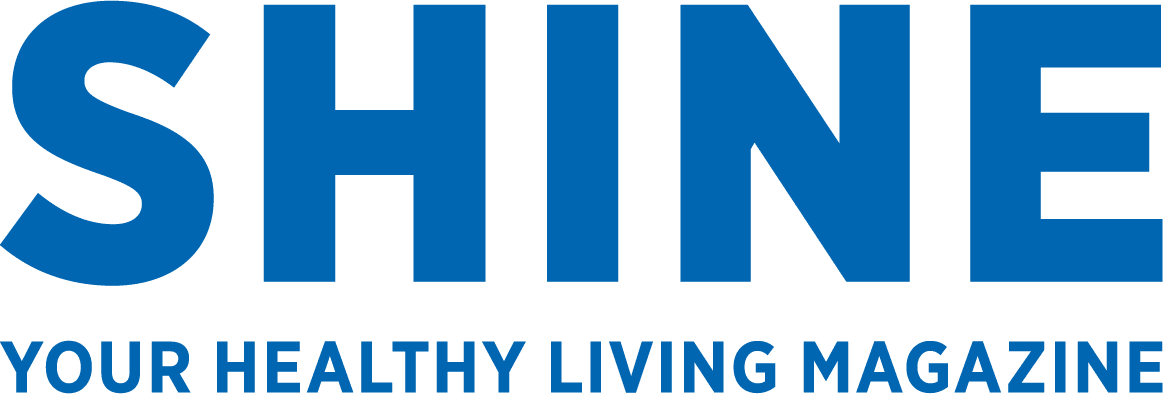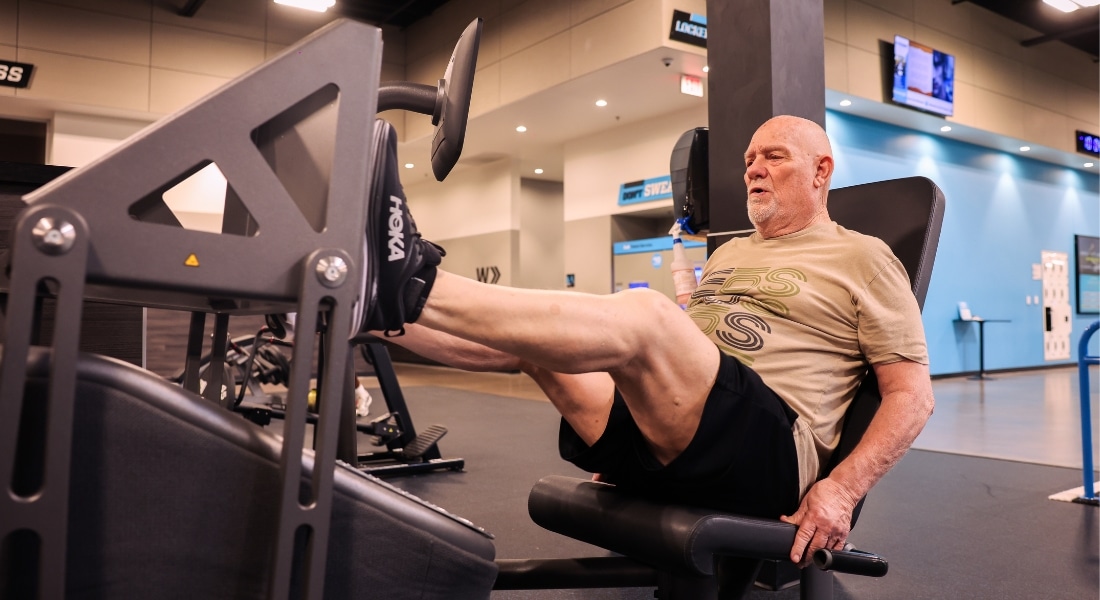Sleep apnea became a job hazard for James Allen, until the over-the-road driver finally found a solution that silenced his snoring for good.
“I was having a problem staying awake,” says James, who’s now retired. “I was tired all the time and had a couple of close calls on the road.”
Like many sleep apnea patients, the 76-year-old tried mouthpieces and CPAP machines, but nothing worked until he had a minimally invasive Inspire implant at Methodist Southlake Medical Center.
“The people who work there, they call me, they check on me,” James says. “They’re fantastic.”
Now 50 pounds lighter and back to his fitness routine at the gym, the retiree and his wife are both enjoying a better night’s sleep.
“I have no regrets,” he says. “If I had to do this again, I’d do it tomorrow.”
TROUBLE ON ROAD, AT HOME
James did have regrets about CPAP, although he’s had friends who swear by the device, which uses continuous positive airway pressure to stop snoring.
“I had a CPAP for probably five years, and it just never worked for me,” says James, who twice gave away machines because they interrupted his nights more than his sleep apnea.
James’ drowsiness came to a head when he had a close encounter with a deer on the road near Austin. He was alert enough to avoid the animal, but the close call spooked him.
“I was in the Hill Country and had to drive into a ditch to miss a deer that ran across the road,” he says. “That got me a little nervous.”
At home, James wasn’t the only one struggling to sleep. His wife threatened to move out of their bedroom.
“The wife says, ‘You sound like a freight train at night,’” James says. “I thought, ‘I got to do something.’”

For patients like James, a CPAP machine makes a good night’s sleep impossible.
MOVING ON FROM CPAP
After seeing a commercial promoting a CPAP alternative, James ended up consulting Kareem Haroun, MD, otolaryngologist and ENT specialist on the medical staff at Methodist Southlake.
Dr. Haroun says Inspire has become a “huge part” of his sleep practice because it’s just as effective as CPAP, but more patients stick with it.
“Almost half of people who get a CPAP don’t like it,” he says. “With the Inspire, we see more than 90% using it over a year out AND reporting they would do it again.”
Count James among them. Once he had some sinus polyps removed, he had a minimally invasive surgery to place the matchbook-sized implant under the skin near his collarbone.
The battery-operated implant resembles a pacemaker in size and shape. But rather than sending electrical impulses to the heart, it stimulates a nerve in the tongue so the airway opens in concert with a patient’s breathing.
“This Inspire machine, it’s just so simple,” says James, who uses a small remote to activate the device 30 minutes before he goes to sleep. “It does give you a little numbing thing in your tongue. But after a while, you don’t even think about it anymore.”

James now has the energy to get to the gym on a regular basis and sleeps well afterward.
BENEFITS BEYOND SLEEP
He may not dwell on his implant, but James does think about the difference getting a good night’s sleep has made in his life. And Dr. Haroun says he’s not alone.
“Fixing sleep apnea is certainly not a cure-all, but a lot of things certainly do get much better: cortisol levels, blood pressure, and chronic pain,” he says. “I’ve also noted several patients having an easier time on their weight-loss journey.”
James credits his own weight loss to eating better, biking several miles a day, and hitting the gym on a regular basis.
“I’m just trying to get healthier and live longer,” he says. “And sleeping better is part of that.”






